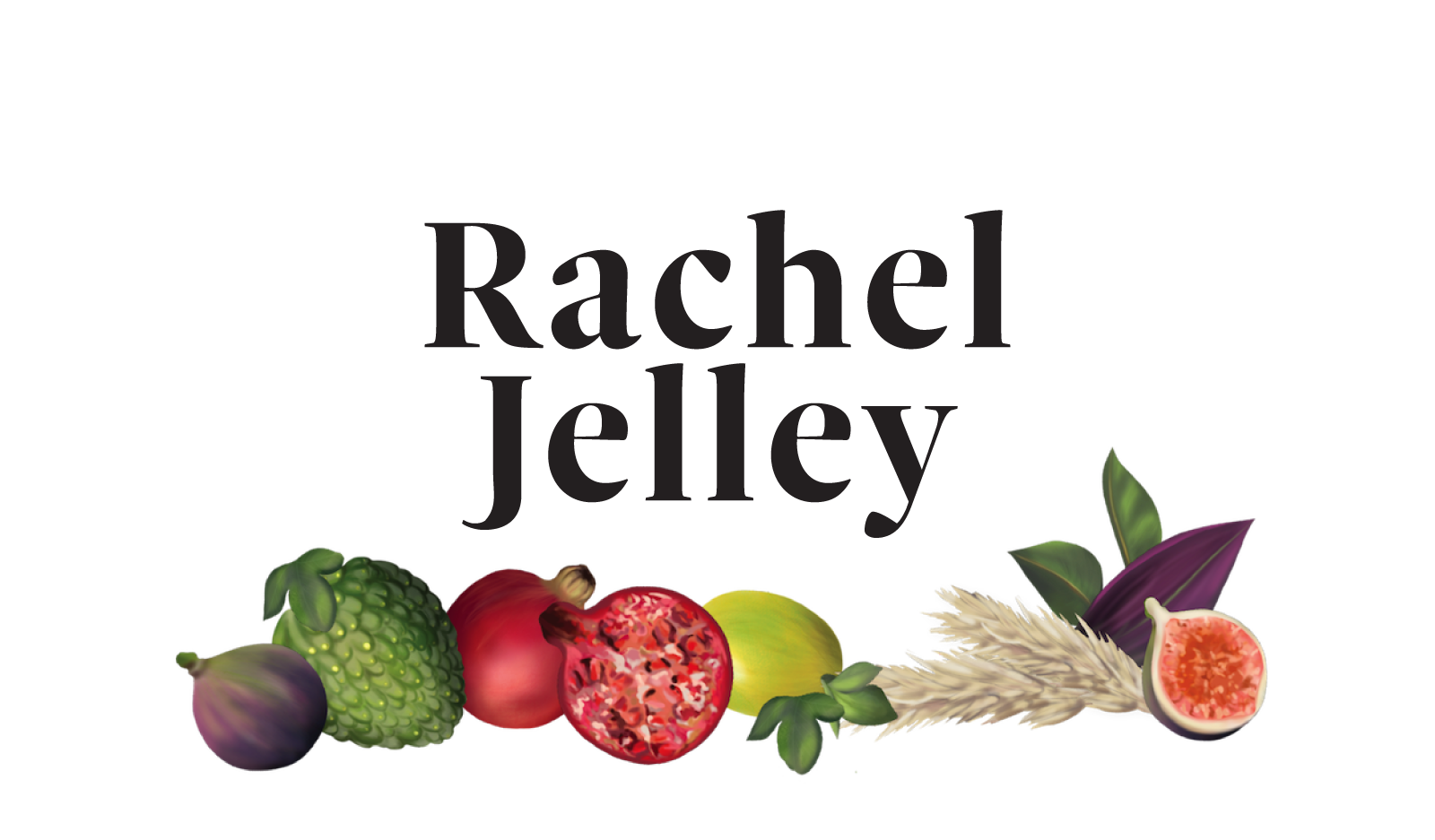Herb-stuffed pork loin with crispy crackling
/CAPTION
Did someone say juicy, tender roast pork with crisp crackling and an amazing herby stuffing to boot? This pork is so delicious and such fun to make too! There's plenty of banging and bashing to prepare the herb stuffing, perfect for releasing any pent-up tension, and a lovely exfoliating massage for both you and piggy as you prepare the skin to get nice and crispy in the oven.`A note on pork - please use pasture-raised pork if you can, or at the very least free range. Pigs are one of the animals that suffer the most with unpleasant mass-farming practises, so if animal welfare is important to you, please make sure you know where your pork is coming from.
Finally, if you feel like some roasty-good viewing, you can watch me make this recipe from start to finish in my recipe video here.
Herb-stuffed pork loin with crispy crackling
Serves 4-6
Ingredients
1.1kg boned pork loin, skin on - pasture raised pork if possible (ask your butcher to bone the loin and score the skin)
2 tablespoons fennel seeds
2 teaspoons dried chilli flakes
4 large sprigs fresh oregano
3 large sprigs fresh rosemary
5-6 sprigs fresh sage
4-5 large sprigs fresh thyme
2 tablespoons salt plus a pinch for the herb stuffing
A pinch of pepper
A couple of good, healthy swigs of olive oil
String (suitable for cooking in the oven)
Method
Turn your oven onto 230C. Cut around 10 long lengths of string - make them long enough to wrap around your pork, with plenty left on either end
Strip the leaves from your oregano, rosemary, sage and thyme, and place all the leaves in a mortar, along with the fennel seeds, dried chilli flakes, and a pinch each of salt and pepper. If you don't have a mortar and pestle, you can use a metal or plastic bowl and a rolling pin, or a blender, although there’s no liquid in this stuffing so a blender may struggle with it (that’s why I like the mortar and pestle for this one).
Give the herbs and spices a good old bashing to start to bring them together - this is an excellent tension-release opportunity. Go for it!!
You won't end up with a smooth paste - more of a rough blend of partly-demolished leaves and half-crushed spices. This is fine. You just want to bring it together into a loosely combined mixture that you will then stuff inside your pork. Once you're happy with the consistency, set your stuffing aside while you prepare your pork.
Lay your pork loin flat, skin-side up. If your butcher hasn't scored the skin, you can do this by using a very sharp knife to make some shallow diagonal cuts through the top layer of the skin at intervals of around 2cm, all the way across the pork from one side to the other.
Now it's time to give your piggy a lovely rub. Sprinkle 2 tablespoons of salt over the skin, and pour over a couple of good lugs of olive oil. Now place both your hands on your pig and massage the salt and oil alllll over its skin. While you're doing this, you might like to send a thought of love and gratitude to the soul of the lovely pig who so generously donated its flesh to you. Rub away until you feel your piggy has been massaged well enough - and enjoy the added bonus of a nice exfoliation from the salt on your palms as you massage.
Turn your pork over and lay it out flat again, this time with the flesh side up. There will be a sort of groove in the meat, about 1/3 of the way from one of the long edges of the meat. Pack your herb stuffing loosely into this groove.
Take your first length of string, slip it under the pig, and wiggle it along so that it sits right in the middle of the length of the pig. Draw it up and around the middle of the pork, and pull it as tight as you can. Make a firm knot to hold it in place. The tying is easier if there's someone else to help you hold the string tight as you tie it off, but it can also be done alone with a modicum of perseverance and the occasional holding of string between one's teeth. You are using the string to 'roll' the long edges of the pork loin together, creating a long, rolled tube of pork with skin on the outside, and flesh and stuffing in the middle.
Repeat the tying process along the length of the pig with intervals of about two fingers'-width between each string. The stuffing won't roll neatly into the middle of the pork - it will sit towards the outer edge of the roll, and some will fall out as you tie. This is fine - just pack as much in as you can and remember you'll be placing it flesh-side down on the roasting tray and this will help seal it in.
When your pork is all tied up, place it flesh-side down on a roasting tray and pop it into your blazing hot oven. This will start to turn the skin into a delicious crackling. After 20 minutes, turn the heat down to 180C and roast for a further 40 minutes. If you have more than 1kg of pork, add an extra 20 mins per kilo but keep an eye on it - the cooking time can depend on your oven. To test it, I simply pull out the pork and making a little cut in the flesh to see how pink it is. I like mine just-not-pink, meaning that it's by no means raw, but it also isn't cooked to gray right through. It will also cook a little more as it rests.
Once the pork is cooked to your liking, rest it for at least 20 minutes. This is very important. Resting allows time for the meat to relax and become even more tender and delectable.
To carve your pork, place it skin-side down (it's easier to carve through the crunchy skin that way). Carve it into hearty, thick slices, and place them on a serving platter. Some of the meat might separate from the skin - no matter, I like to dot crunchy shards of crackling atop my platter of juicy pork slices. Sprinkle any of the stuffing that's fallen out over your pork, then spoon over some of the pan juices.
Turn down the lights and enjoy juicy porky heaven.








